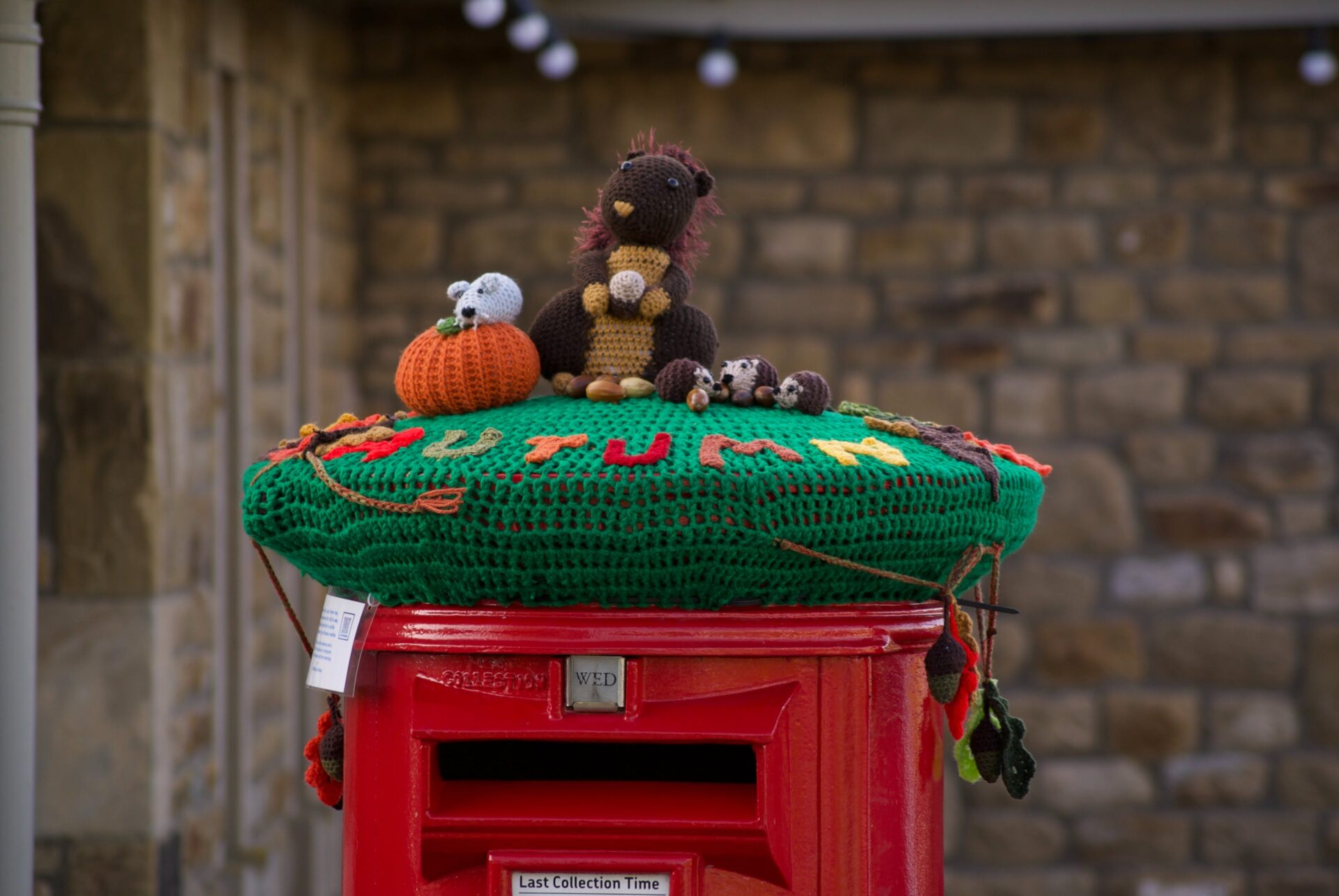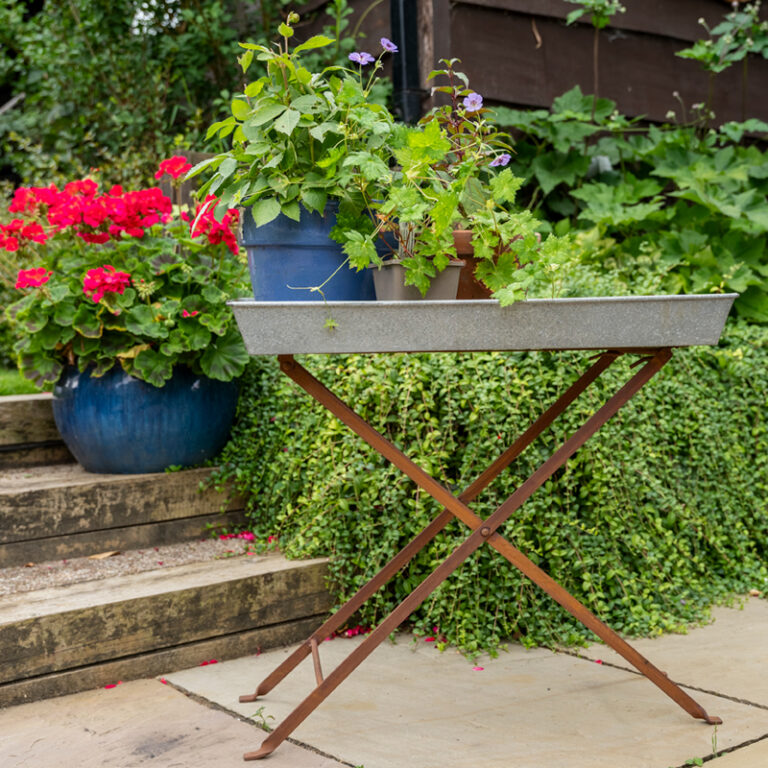Symbol of British Identity: Unearthing the Significance of Royal Mail Post Boxes
In the bustling streets of British towns and villages, a stoic figure stands tall, painted in a vibrant hue of red. The Royal Mail post box, with its iconic crown emblem, has long been a symbol of British identity. But what is the significance behind these seemingly ordinary mailboxes?
Each post box tells a unique tale of communication and connection. From the earliest models introduced in the 1850s, to the modern versions we see today, these post boxes have stood the test of time, mirroring the evolution of British society.
With the rise of email and digital correspondence, some may question the relevance of these post boxes in the digital age. Yet, they remain an enduring symbol of tradition and heritage, serving as a tangible reminder of the importance of physical mail.
Beyond their visual appeal, post boxes play a vital role in preserving local history. Each piece tells a story of its surroundings, whispering secrets of the past as they stand in silence, witnessing the comings and goings of generations.
Join us as we delve into the fascinating world of Royal Mail post boxes, unearthing their significance and celebrating their place in British culture. Discover the hidden stories behind these treasured symbols of communication and collect a stamp of knowledge along the way.
History of Royal Mail Post Boxes
The history of Royal Mail post boxes dates back to the 1850s, when the first models were installed across the United Kingdom. These early post boxes were made of cast iron and featured a simple design with a hinged door and a slot for letters. They were painted green to blend in with their surroundings, making them less conspicuous targets for vandalism.
As the postal system expanded and more post boxes were needed, improvements were made to the design. In 1874, the first pillar box was introduced, featuring a cylindrical shape that made it more resistant to vandalism. The color was also changed to red, which became synonymous with Royal Mail post boxes.
Over the years, various designs were introduced to meet the evolving needs of the postal service. In the early 20th century, post boxes were equipped with collection times and multiple compartments to accommodate different types of mail. The crown emblem, a symbol of the British monarchy, was added to signify the connection between the postal service and the royal family.
Today, Royal Mail post boxes come in different shapes and sizes, depending on their location and purpose. From the iconic pillar boxes found on street corners to the wall boxes attached to buildings, each design serves a specific function while maintaining the traditional elements that make them instantly recognisable.
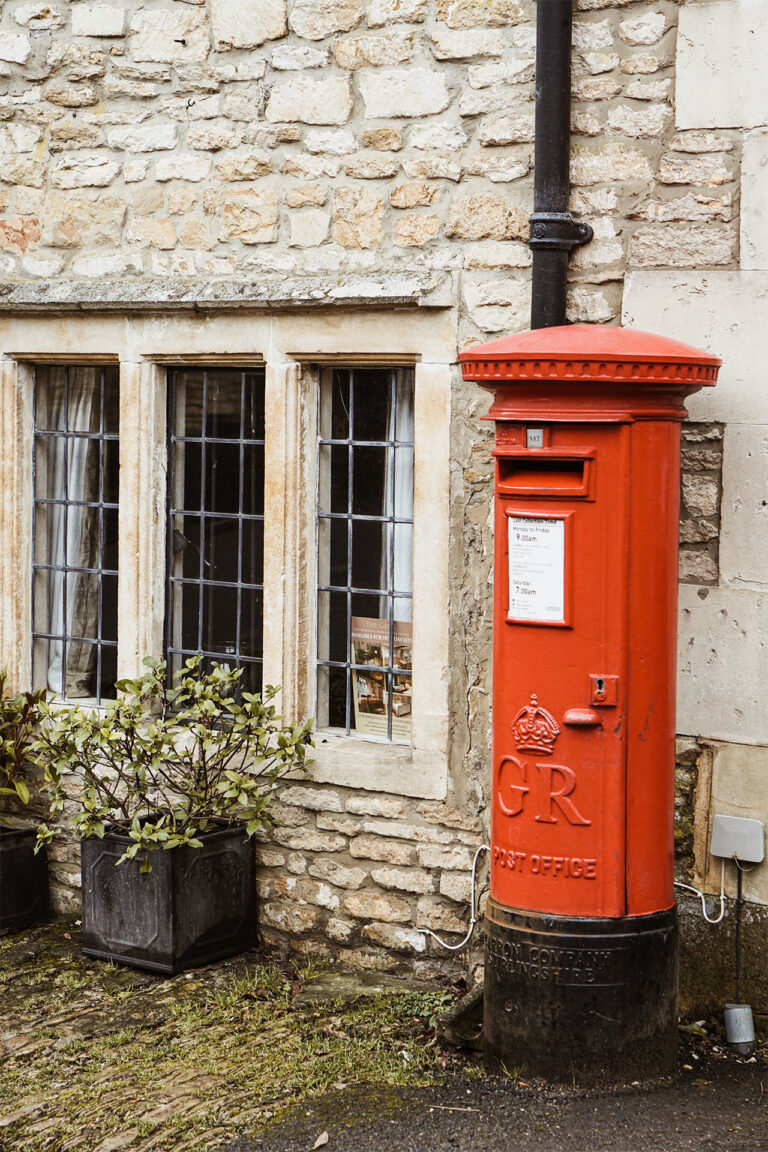
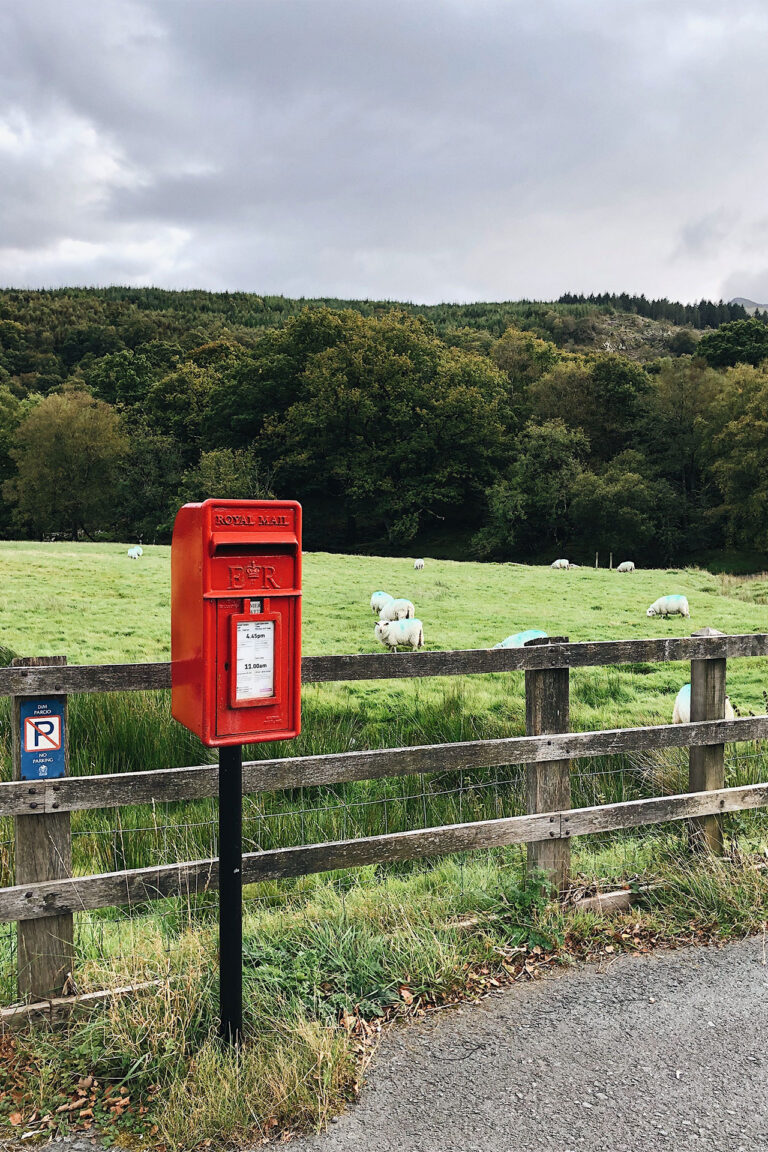
Evolution of Post Box Designs
The design of Royal Mail post boxes has evolved over the years, reflecting changes in technology, aesthetics, and functionality. While the basic structure has remained largely unchanged, there have been subtle modifications to improve durability and usability.
In the early days, post boxes were made of cast iron, a material that offered strength and durability. However, as the demand for post boxes increased, alternative materials such as steel and aluminum were introduced to make production more efficient.
One significant development in post box design was the introduction of the double aperture box in the 1930s. This innovation allowed for the separation of different types of mail, such as letters and postcards, making it more convenient for both customers and postal workers (see image below).
In recent years, technological advancements have been incorporated into post box designs. Some boxes are equipped with sensors that alert postal workers when they need to be emptied, while others have digital screens that display collection times and other relevant information.
Despite these changes, the fundamental elements of a Royal Mail post box remain unchanged. The vibrant red color, the crown emblem, and the distinctive shape continue to serve as a visual reminder of the postal service’s heritage and the importance of physical mail.
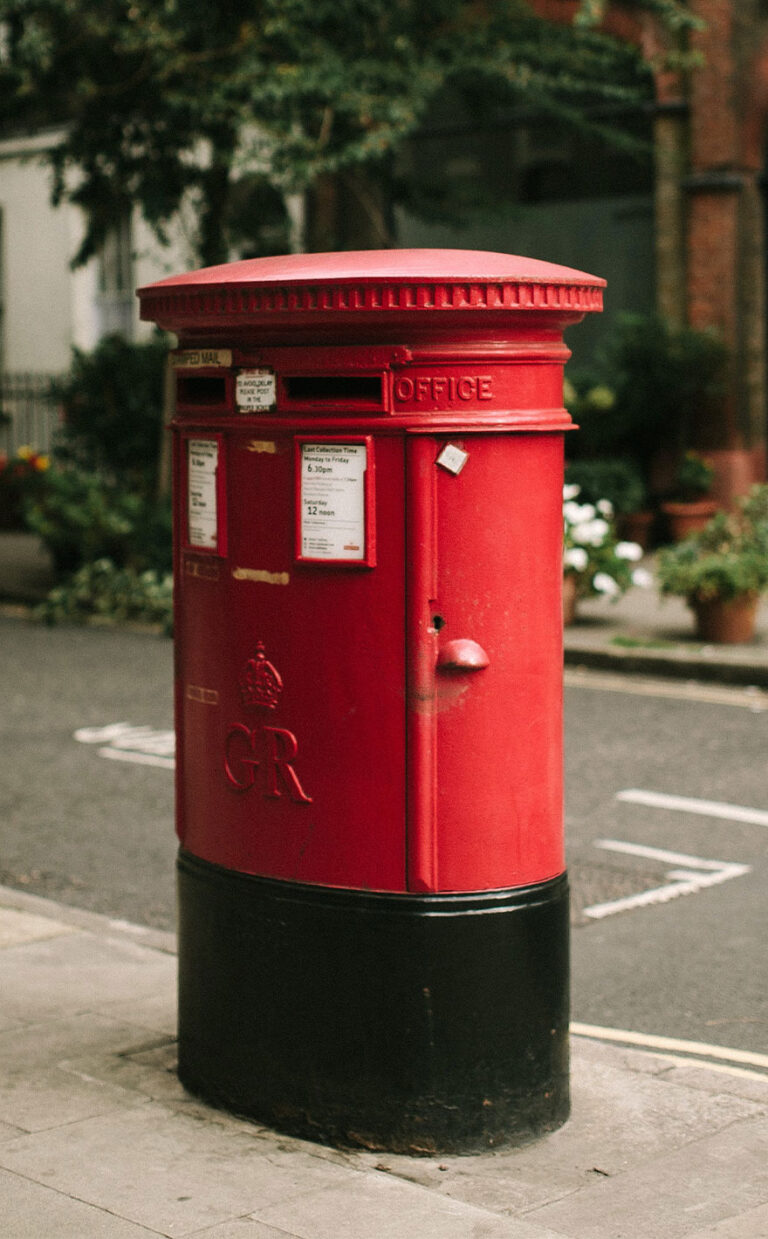
Significance of Royal Mail Post Boxes
In an era dominated by digital communication, the significance of Royal Mail post boxes may seem diminished. However, these iconic mailboxes continue to hold a special place in the hearts of the British people, as we discovered in another of our recent blog: The Importance of Post Boxes in a Digital Age
For many, the sight of a post box evokes a sense of nostalgia and tradition. It represents a time when letter writing was a common practice, and receiving mail was an eagerly anticipated event. The physical act of posting a letter, with its tangible connection to the recipient, is a ritual that holds deep meaning for many.
Post boxes also play a crucial role in maintaining social connections, particularly in rural areas where internet access may be limited. They provide a lifeline for those who rely on physical mail to stay connected with friends, family, and businesses.
Beyond their practical function, post boxes have become symbols of community pride and identity. Local post boxes often feature unique designs or decorations that reflect the character of their surroundings. They serve as landmarks and meeting points, and are cherished by residents and visitors alike.
Iconic Post Box Locations in the UK
While Royal Mail post boxes can be found throughout the United Kingdom, there are some locations that are particularly famous for their iconic mailboxes. These sites have become tourist attractions, drawing visitors from around the world who are eager to see these symbols of British identity.
One such location is the village of Luss, in Scotland, which is home to a red telephone box that has been converted into a post box. This unique combination of two iconic British symbols has made Luss a popular destination for post box enthusiasts.
Another famous post box can be found on the island of Mull, also in Scotland. This post box, known as the “Penny Farthing Box,” features a bicycle-shaped handlebar and is adored by locals and tourists alike.
In London, the city’s historic centre is dotted with post boxes that have become landmarks in their own right. The most famous of these is the Gold Post Box in Wimbledon, which was painted gold to commemorate Andy Murray’s Olympic tennis victory in 2012.
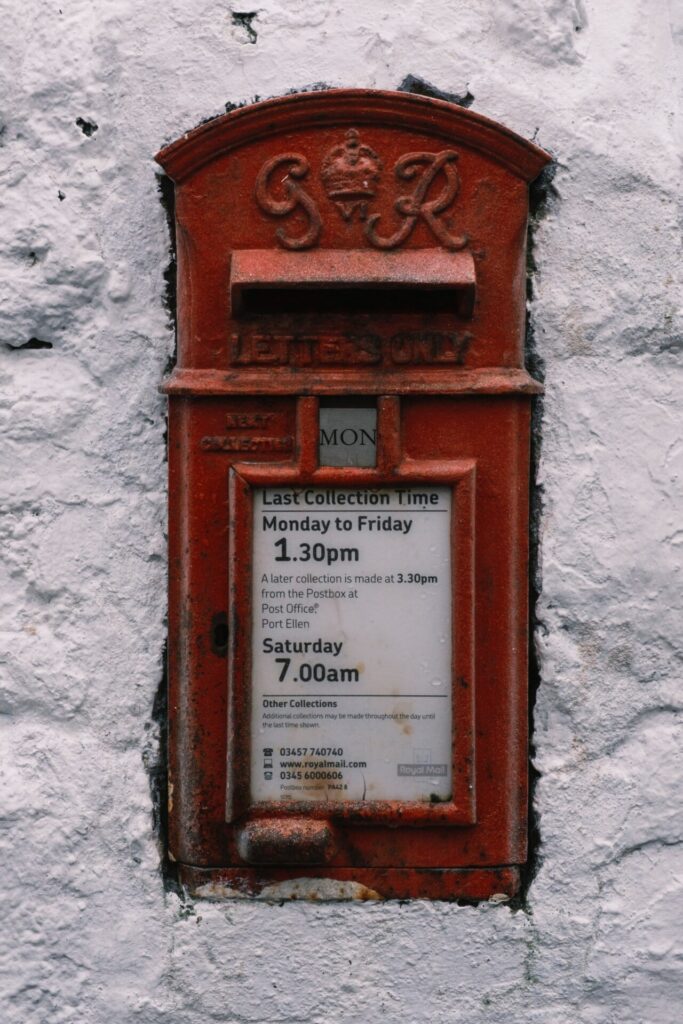
Our Range of Royal Mail Post Box Replicas
We have a wide range of replica Royal Mail post boxes in a variety of sizes, colours and styles. From VR, GR to ER letterboxes
In our latest addition we have recently designed a CR Post Box to commemorate King Charles III.
We believe people can share in these British icons by having their own replica post box at home. Bring this piece of history in to your home and discover our full range of post boxes.
Conclusion: Preserving a British Icon
The Royal Mail post box is more than just a receptacle for letters; it is a symbol of British identity, tradition, and heritage. These iconic mailboxes have stood the test of time, evolving alongside British society while maintaining their visual appeal and cultural significance.
As technology continues to shape the way we communicate, it is important to remember the value of physical mail and the role that post boxes play in preserving our connections and history. Let us cherish these treasured symbols of communication and ensure their preservation for generations to come. In sumary there is a huge significance of Royal Mail post boxes.

